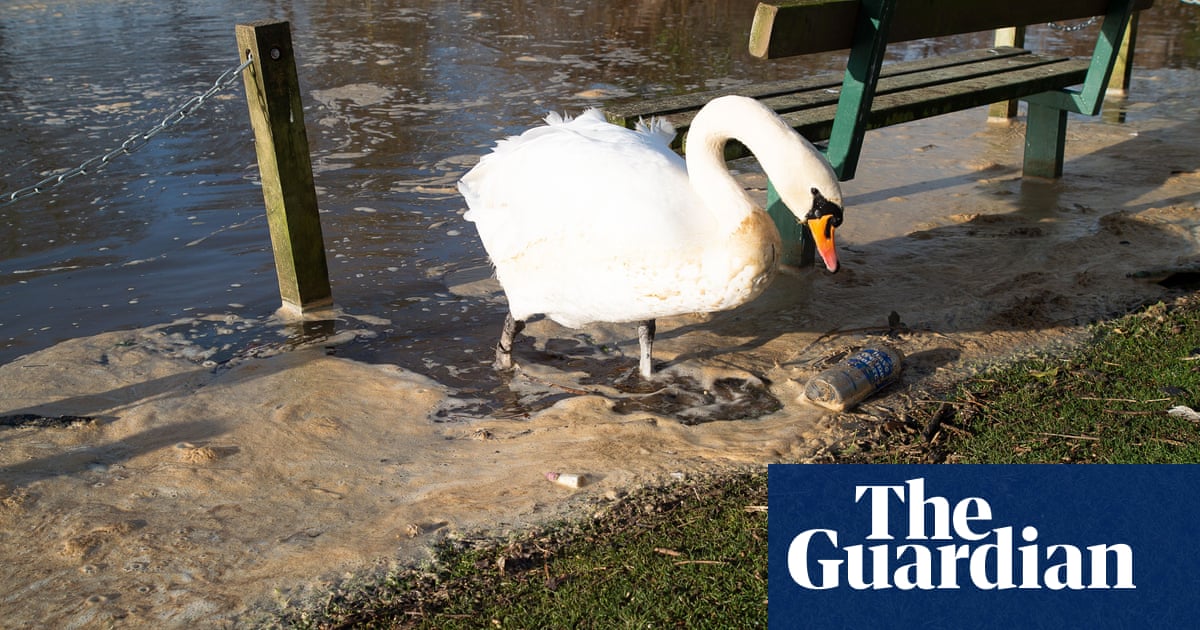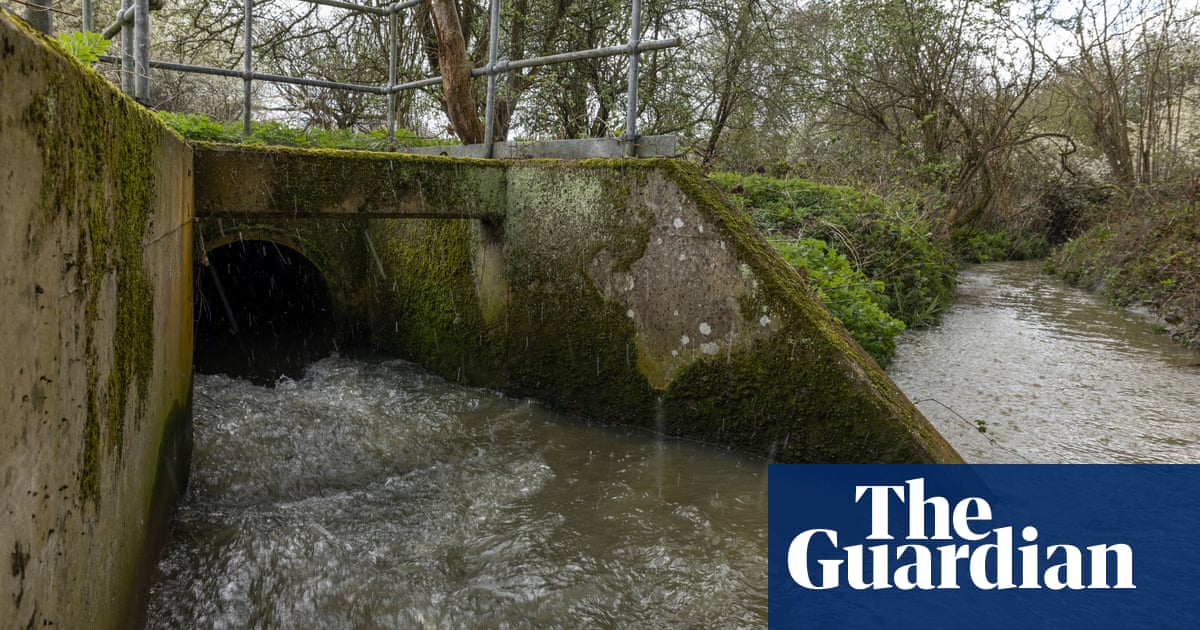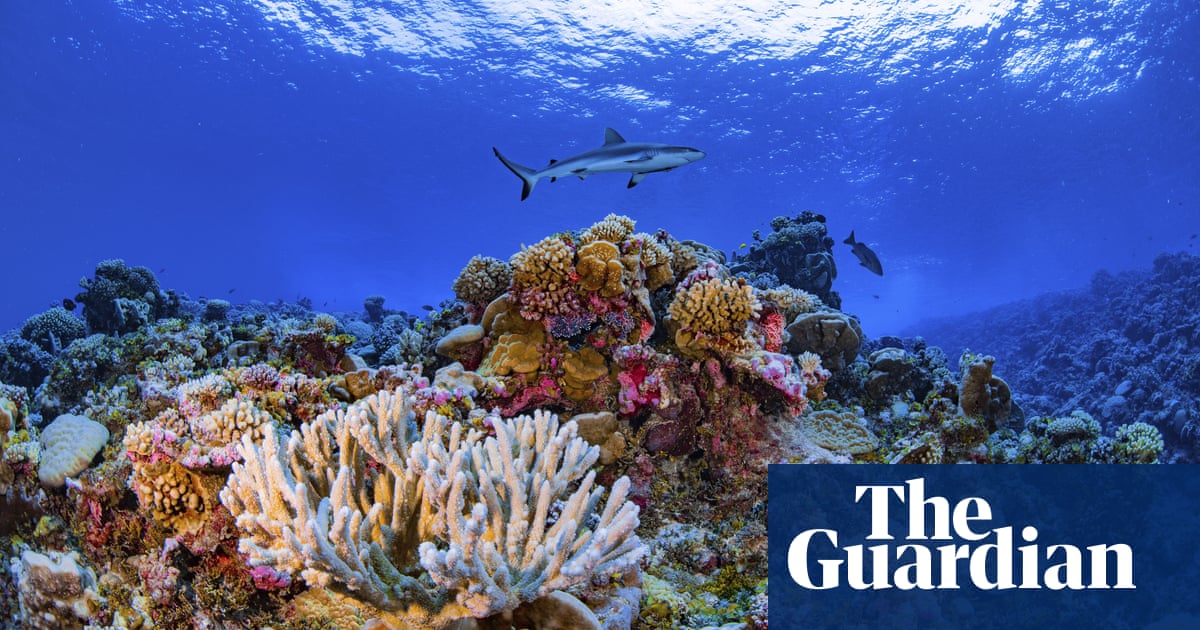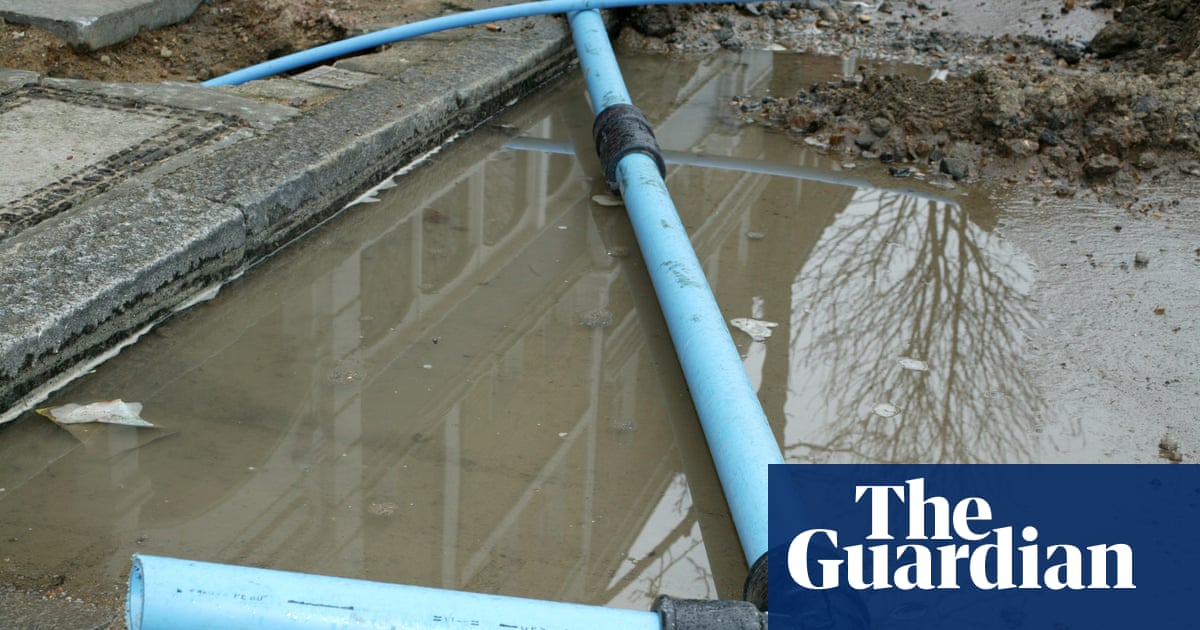
Trillions of litres of water released into the Murray-Darling Basin to benefit the environment has failed to increase the populations of threatened species, according to new research.
In a damning assessment of the monitoring of eight threatened species, the research from Australian National University scientists says the public reporting of the benefits of environmental watering was fragmentary and not backed by evidence.
A “major rethink” of the way water was released for the environment through the $13bn basin plan was now needed, the research said.
Since 2007, some 198,000 gigalitres of environmental water had been released into the Murray-Darling Basin – the equivalent of almost 400 Sydney Harbours of water.
Research at the university’s Fenner School of Environment and Society looked at eight species listed nationally as threatened: two frogs, two waterbirds and four fish.
After reviewing all available data on the location and number of the species, the analysis published in the journal Marine and Freshwater Research found “no overall beneficial effect in terms of population increase of threatened species from environmental watering under the Basin Plan”.
Prof Jamie Pittock, a co-author of the research, told Guardian Australia: “Our overall finding is that there is no evidence of any improvement after reallocating about 2,000 billion litres of water and spending those billions of dollars.”
He said they found there was no monitoring at all of the threatened species in one-quarter of all the places where water was released. Some environmental watering had undoubtedly benefited some species, but the evidence for this was scarce, the report said.
Albie Ryan, who led the research but has since moved into private industry as an environmental consultant, said poor monitoring of species had led to poorly targeted releases of water.
He said a top-down approach to conservation and monitoring had not worked. “What’s more effective is a bottom-up grassroots approach that’s led by the community and brings together people including Indigenous groups and catchment managers.”
The researchers wrote that a lack of assessments meant it was not possible to know if Australia was upholding obligations to three international environmental treaties – the Convention on Biological Diversity, the Convention on Migratory Species and the Ramsar Convention on Wetlands.
Two of the species – flathead galaxias and silver perch – are listed nationally as critically endangered, but a national recovery plan is not in place for either. Plans are only in place for the southern bell frog, trout cod and Murray hardyhead.
“A failure to monitor and detect translates into a failure to prioritise species in environmental watering plans,” the research said.
“The approach to conservation in the basin that is characterised by the expression ‘just add water’ is unlikely to be successful in the long term without more sophisticated and strategic management.”
The Murray-Darling Basin Authority has seen previous drafts of the research.
In a statement Vicki Woodburn, the authority’s executive director of basin strategy and knowledge, said the authority agreed monitoring “needs to be improved across the basin and that threatened species should be considered”.
The authority had received $7.5m from the Australian government to improve monitoring capability “as this is an area requiring funding boost” and a strategy was being developed.
She said: “We welcome this independent research and the contribution it makes to the public conversation. It also helps to inform our work.
“This paper makes some good points, however the Basin Plan and the Water Act are not solely responsible for monitoring and recovering threatened species populations – there is role for all governments, including through the Environment Protection and Biodiversity Conservation (EPBC Act) in this important work.”












